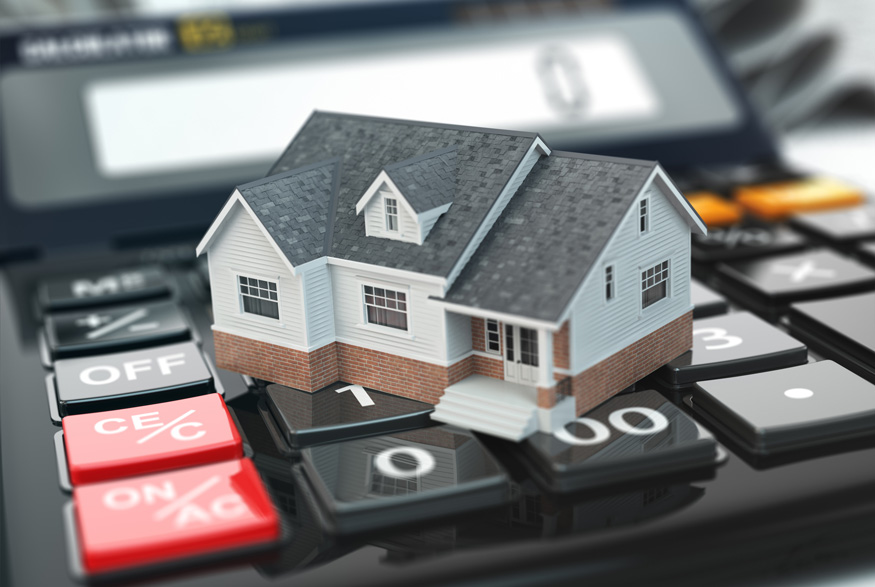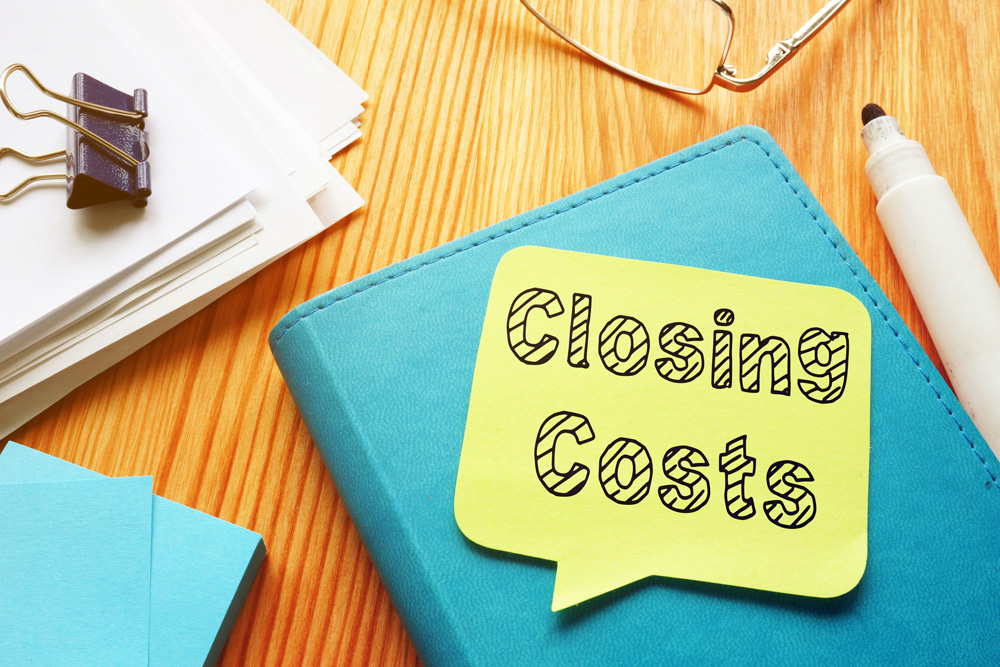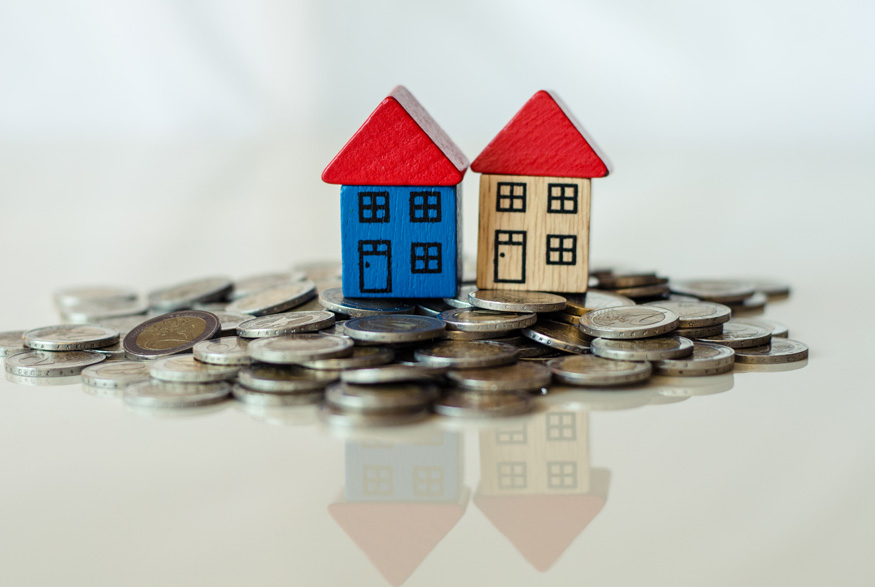Buying your first home can be like learning a new language: there are so many terms you’ve never heard before that it’s enough to make your head hurt. But we, along with the Canada Mortgage and Housing Corporation (CMHC), suggest that you learn some of these real estate terms and what they mean if you’re an aspiring homeowner. The more you know, the better prepared you’ll be.
Published March 27, 2017, Updated February 2, 2021

1. Adjustable Mortgage Interest Rate
With an adjustable mortgage interest rate, the interest rate and mortgage payment both vary, depending on market conditions. A mortgage with this kind of interest rate is known as an adjustable-rate mortgage (ARM), a variable-rate mortgage or a tracker mortgage.

2. Amortization
In real estate, amortization refers to paying off your mortgage. In other words, it refers to making regular payments until your debt to the bank or mortgage lender has been paid in full.
Related: This is the Income Required to Own a Home in Canada’s 13 Hottest Real Estate Markets

3. Appraisal
An appraisal is the process of determining how much the property is worth, so that the lending institution can determine how big your loan should be. In Canada, an appraisal can only be done by a member of the Appraisal Institute of Canada or the Canadian National Association of Real Estate Appraisers. A real estate agent can give you an idea of what the property is worth, but this is a market evaluation rather than an appraisal.
Related: Do You Really Need a Home Inspection? Scott McGillivray Says…

4. Assumption Agreement
When, as a buyer, you sign an assumption agreement, you assume responsibility for the existing mortgage on the home. The seller won’t have any obligations under the mortgage anymore.
Related: 81% of HGTV Viewers Said They’d Buy a Fixer-Upper: 10 Signs That it’s Not Worth Saving

5. Blended Payment
A blended payment includes the principal amount and the interest, and the total amount remains the same. So, you pay the same amount every month. Over time, the principal portion of the amount will increase while the interest portion will shrink.

6. Closing Costs
Closing costs are the additional fees that you need to pay on the closing date, when the transaction is finalized and you officially become the new owner of the home. They include legal fees, transfer fees and disbursements, which are fees your lawyer has paid on your behalf and needs reimbursement for.

7. Conditional Offer
A conditional offer is an offer to purchase but is subject to certain specified conditions. For example, you offer to purchase the home if you can get a mortgage arranged. There is usually a time limit within which you need to meet the specified conditions.
Related: What to Look for When Buying ‘For Sale by Owner’ Properties

8. Counteroffer
When you make an offer on a home, the seller may decide not to accept it and to counteroffer instead. The counteroffer will include changes to your original offer, such as the price or the closing date, and your original offer isn’t valid anymore. You’ll be given a specified time limit within which to accept or reject the counteroffer.
Related: 10 Real Estate Investing Negotiation Secrets From Scott McGillivray

9. Deed
A deed, also known as a transfer, is a legal document that says that you are now officially the owner of the property.

10. Equity
Equity is the difference between the market value of your home and the amount you still owe on it. If you sell the home at a profit, equity will be the money you receive after you’ve paid off your mortgage.
Related: Smart Ways to Add Value to Your Home in Unexpected Places

11. Fixed Mortgage Interest Rate
A fixed mortgage interest rate is one that remains the same throughout the term of the mortgage. It doesn’t fluctuate according to market conditions. A mortgage with a fixed mortgage interest rate is called a fixed-rate mortgage (FRM).

12. Freehold
A freehold title gives you full, exclusive ownership of the property for an indefinite time period. In contrast, a leasehold gives you the right to the land for only a certain period of time.

13. Lien
A lien is a claim against the property for money owed. For example, you may grant the bank a lien on the property when you take out a mortgage. If you don’t repay your mortgage, the bank then has the right to seize your property. You can also grant a lien to a contractor such as a builder and when you don’t pay for their work, your home may be auctioned off so that they can be paid.

14. Maturity Date
The maturity date is the last day of the term of the mortgage. It’s the day on which you must have paid the loan in full or you must have reached a new agreement with the lending institution.
Related: Questions You Need to Ask Your Real Estate Agent Before Selling

15. Mortgage Loan Insurance
In Canada, any residential loan with a loan-to-value ratio of more than 80% has to have mortgage loan insurance. This protects the lending institution such as the bank against losses if you fail to pay your mortgage.
Related: Why 63% of Millennial Homebuyers Regret Buying Their Home

16. Notary
A notary usually administers oaths, certifies documents and can attest that the signatures on a legal document are real but cannot advise on legal matters. In Quebec, however, a notary also handles the legal matters related to buying a home.

17. Offer to Purchase
An offer to purchase is the contract setting out the terms under which you agree to buy the home. If the seller accepts your offer to purchase, it becomes a legally binding contract between you and you must both meet the terms and conditions specified in the document.
Related: Reasons to Buy a House in the Winter

18. Principal
The principal is the amount that you borrow from the lending institution. It doesn’t include interest, so when you budget for your mortgage payments, you need to budget for the principal amount as well as interest.
Related: A Cramped Starter Home Gets an Open-Concept Transformation

19. P.I.T.H.
P.I.T.H. stands for principal, interest, taxes and heating. This amount is used in calculating the gross debt service (GDS) ratio and the total debt service (TDS) ratio.
Related: What is Housing Inequality? And What Canadians Can Do About It

20. Vendor Take-Back Mortgage
With a vendor take-back mortgage, the seller finances the mortgage. So, when you buy the home, you make your mortgage payments directly to the seller rather than to the bank or other financial institution.
HGTV your inbox.
By clicking "SIGN UP” you agree to receive emails from HGTV and accept Corus' Terms of Use and Corus' Privacy Policy.





